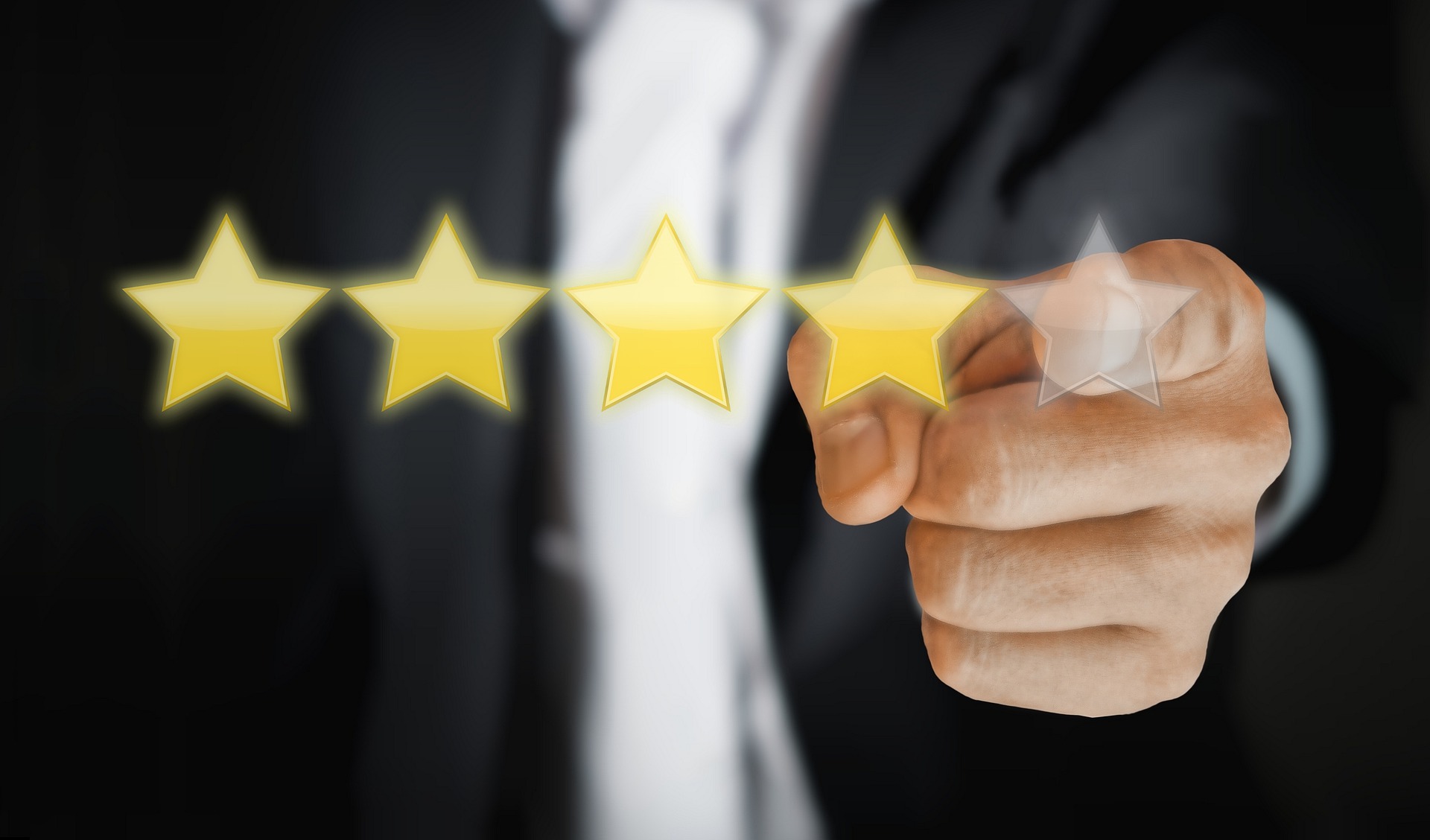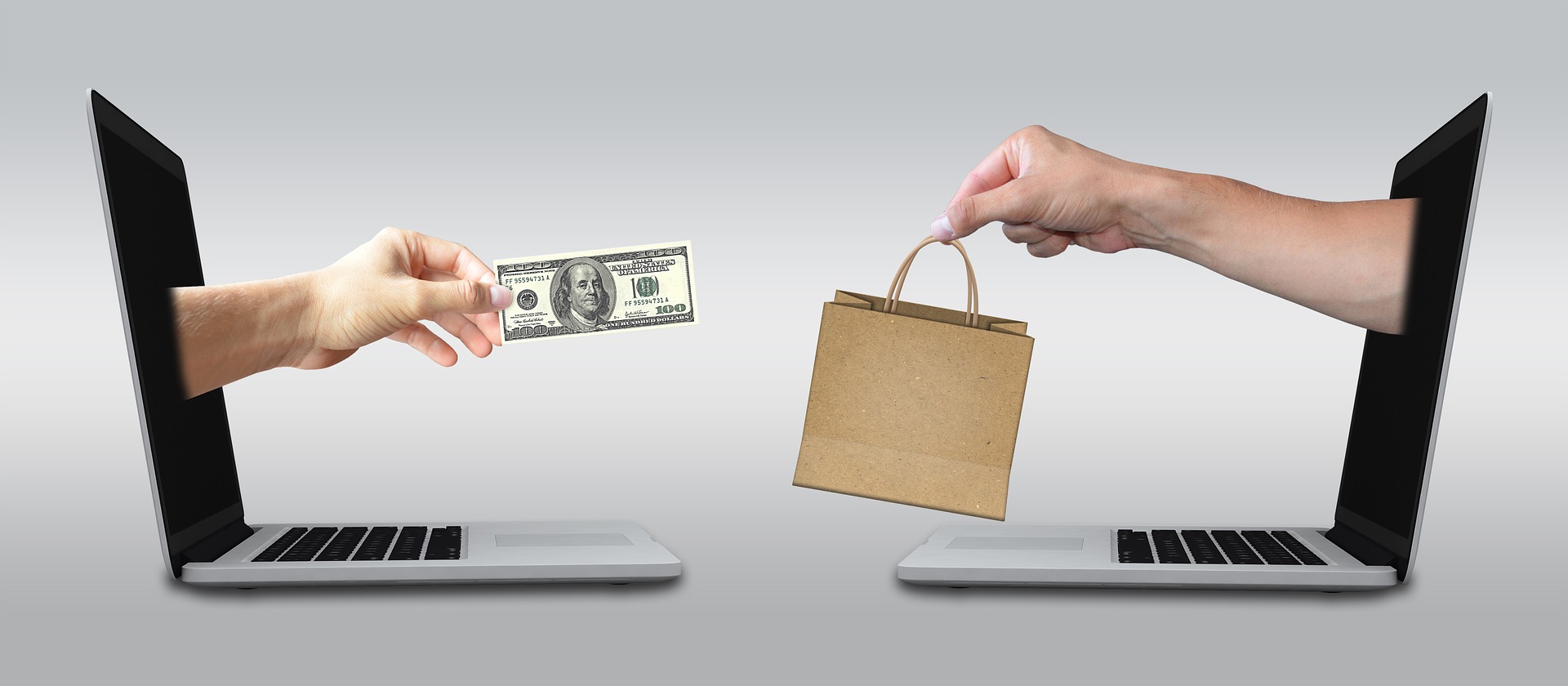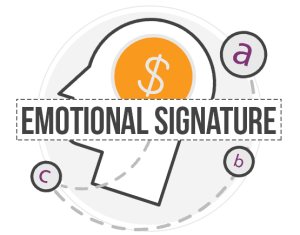The world is somewhat depressing at the moment, but every cloud has a silver lining. On a recent podcast, we discussed how the silver lining about the pandemic is that we are already used to behaving differently as customers. When people come out of the pandemic, it presents a unique opportunity to reinforce some behaviors that you would like to change. In today’s issue, we are going to talk about changing people’s habits.
In our book, The Intuitive Customer, one of the seven imperatives we shared was understanding customer habits. Habits work like this:
- Cue: An environmental trigger or stimulus occurs.
- Routine: We react to the trigger or cue with a consistent response.
- Reward: We feel the benefit of our actions.
When we experience this sequence of stimulus-response-reward consistently, that’s how habits form. Charles Duhigg, author of The Power of Habit, has an excellent TED Talk about this:
Our two-system model of thinking plays a significant role in habits. You might remember that we have two systems that rule our thinking: the fast and emotional Intuitive System and the slow and logical Rational System. Habits are governed by the Intuitive System, which is always monitoring our environment. Everything that we see, smell, or hear, that’s all filtered through the Intuitive System. When the Intuitive System recognizes something, it says, “oh, I can be helpful here. Let me pull up these thoughts and feelings and actions that you usually engage in when you are facing this stimulus and push them closer to the surface of consciousness, so they’re more likely to influence you. “
For somebody managing Customer Experience and looking for opportunities for customer-driven growth, habits can be challenging—especially when the customer’s habit is to buy from your competition. It’s also tough because once that environmental cue is activated, it is difficult to disrupt the habitual cycle. It can be challenging to reach that potential customer that habitually buys someone else’s product at all. Once the cues enabled this automatic process, your job becomes so much harder.
I have a couple of examples that will explain what I mean. When airports first installed self-check-in kiosks, I used to eye them from the check-in line and think, “I don’t know that those will work adequately,” and carried on waiting in the queue. My automatic process kicked in and prevented me from trying the “new thing.”
However, the airline was on to me, and they disrupted by habitual behavior. One day someone approached me in the check-in line and encouraged me to try the self-check-in kiosk. So, being British and polite, I tried it. It worked adequately, much to my surprise. Since that day, I have never waited to check in again. Now, I don’t even use the self-check-in kiosks; I use the phone.
 Another example of making it hard to change behavior after the habit kicks in is buying toothpaste. So, when your Intuitive System sees you turn down that toothpaste aisle, it says, “oh, I know what’s supposed to happen here. It’s in a blue box on the bottom shelf about four feet in.” Without you consciously thinking about it, you’ve already started your way towards the toothpaste you habitually buy. You don’t even notice the other toothpaste, rendering all that marketing the other brands engaged in useless.
Another example of making it hard to change behavior after the habit kicks in is buying toothpaste. So, when your Intuitive System sees you turn down that toothpaste aisle, it says, “oh, I know what’s supposed to happen here. It’s in a blue box on the bottom shelf about four feet in.” Without you consciously thinking about it, you’ve already started your way towards the toothpaste you habitually buy. You don’t even notice the other toothpaste, rendering all that marketing the other brands engaged in useless.
Something that people misunderstand about habits is that they’re not usually an overwhelming drive to do things in a specific way, like smoking can be or a drug habit. So, it’s not like when I walk into the toothpaste aisle, I become a zombie and mindlessly shuffle up and grab. Instead, habits make a particular course of action easy. That said, you can override habits. So, if you wanted to buy a different toothpaste, you can. You just might have to be paying attention when you get to the toothpaste aisle before your automatic response kicks in.
The cues that activate habits for customers are mostly out the window at this point. People are buying in different ways and channels already because of the stay-at-home orders. People also have a whole new set of needs that have become more important to them temporarily. And so now is the opportunity that people have to encourage new habits in their customers or their potential customers. In other words, now is a great time substitute a different habit because the cues are disrupted.
It’s a little like when you go on vacation. On a trip, you are not implementing your regular habits because most of your stimuli are different. If you think about buying a newspaper, you may not be able to buy the publication that you usually buy. Therein lies an opportunity for the rival newspaper to work its way into your routine.
 While I am sure none of us thinks the stay-at-home pandemic orders are the same as a vacation, we can see the similarities in our emergence to the “new normal.” In a sense, it reminds me of first-mover advantage. In marketing, the first-mover advantage is being the original entrant to a market segment. In technology, that could mean getting people to sign up for the way that you do things. Then, people get vested in it, and the habits form. For example, iPhone users often don’t want to make the switch to Samsung because they are used to the iPhone user-interface. And vice-versa.
While I am sure none of us thinks the stay-at-home pandemic orders are the same as a vacation, we can see the similarities in our emergence to the “new normal.” In a sense, it reminds me of first-mover advantage. In marketing, the first-mover advantage is being the original entrant to a market segment. In technology, that could mean getting people to sign up for the way that you do things. Then, people get vested in it, and the habits form. For example, iPhone users often don’t want to make the switch to Samsung because they are used to the iPhone user-interface. And vice-versa.
Breaking habits can be a real barrier to change. I remember seeing an early ad for a Microsoft Surface, a tablet computer, and it had some features that iPads didn’t have. I thought it was interesting, but the barrier was I would have to relearn how to use a PC and would have to integrate them over weeks of trying and learning. That was enough to get me not to want to buy it. I don’t want to use more than one operating system.
Preparing for the New Normal
The world is not going to go back to how it was; it will be different. Your customers will be different. Their habits will be changed, and it allows you to implement new ways of working with them. I would recommend you take the following actions to do that:
-
- Think about what the former cue was which triggered customers’ routine. What happened right before customers took action? How did that moment inspire the reaction customers took? What you are looking for might not be as apparent as a time or location cue; they could be subconscious. Remember also that the Intuitive System drives them.
-
- Consider how you want customer behavior to change. How would you like customers to behave in your experience? What is the ideal action you want them to take? For example, if you always wanted to move some behavior to self-service or leverage more of your online services, now is an excellent time to drive some of those changes.
-
- Look for unmet needs. What is something that customers want that they don’t get currently? For this area, we recommend research to determine what customers really want, not just what they say they want. Our Emotional Signature® research seeks to uncover these wants and reveal the unmet needs that once satisfied can lead to customer-driven growth.
- Plan how you can implement a change in the stimulus that will encourage that behavior. How can I change the stimulus from what it was to what will inspire customers to act the way I want? What would that require from our organization? Is there something I can do now before the new normal is entirely in place, that can build a foundation for this new behavior?
I don’t recommend waiting for everything to go back to normal. It won’t go back.
We’re living in unusual times. The stimulus customers felt has changed. Therefore, there is an opportunity to now insert the new way of working that you would like to happen after the pandemic is over with customers.
What I don’t recommend is waiting for everything to go back to normal. It won’t go back. There will be a new normal, and the time to plan for it isn’t after it is already established. After all, that’s when the competition will be making their move, or worse, completing their move.
To hear more about this idea in more detail, listen to the complete podcast here.

What customers say they want and what they really want are often different things. It is vital to know what drives value for your organization. Our Emotional Signature research can tell you where you are compared to other organizations and what to focus on to drive value for your customers. To learn more, please click here.
Colin Shaw is the founder and CEO of Beyond Philosophy, one of the world’s leading Customer experience consultancy & training organizations. Colin is an international author of six bestselling books and an engaging keynote speaker.
Follow Colin Shaw on Twitter @ColinShaw_CX


